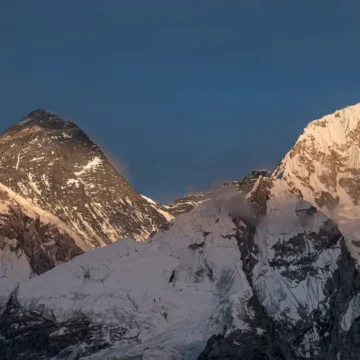
What Happens at Everest Base Camp During Climbing Season?
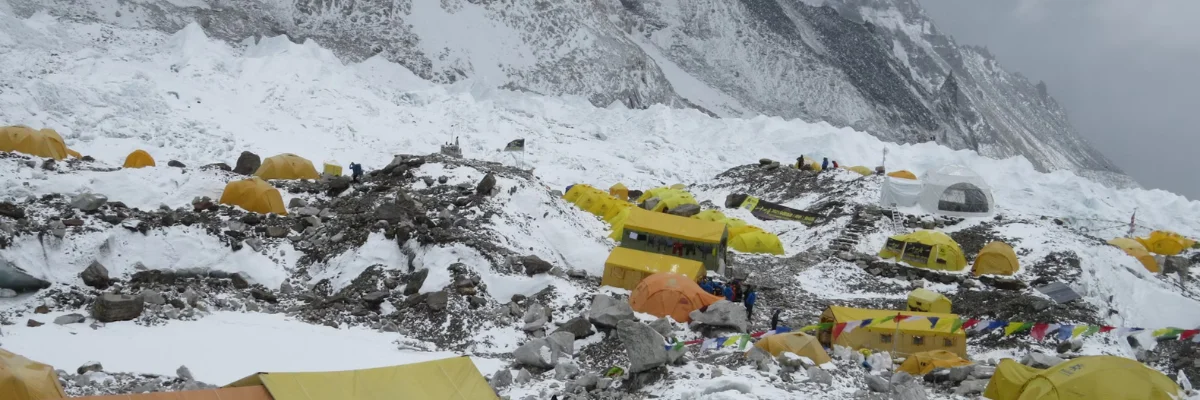
Table of Contents
Everest base camp climbing Season is the most chaotic period of the year. Different people with different purposes flock to the base camp despite the remote location. It is the most iconic base camp in the world as it is the base of the highest mountain in the world.
Why Everest Base Camp Climbing Season Matters?
Everest Base Camp is a place where not just climbers and trekkers but a bunch of people with specific roles and purposes exist. During the Everest climbing season, Everest Base Camp transforms into a temporary mountaineering city.
Hundreds of climbers, Sherpas, and support staff gather here, setting up colourful tents along the Khumbu Glacier. It becomes the hub for expedition preparation, acclimatization, and strategy planning.
Helicopters constantly buzz in and out, ferrying supplies, injured climbers, or weather reports. Medical tents, communication centres, and kitchen camps operate 24/7.
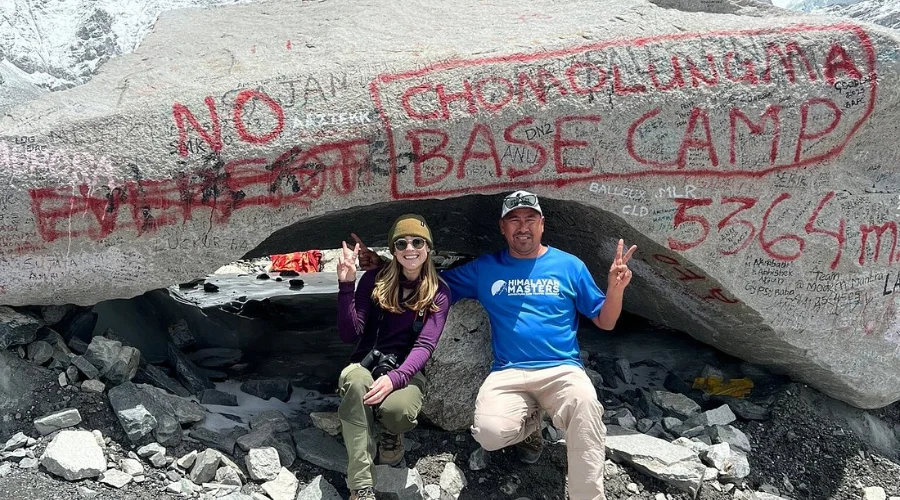
Climbers undergo training, wait for favourable weather windows, and adjust to high altitudes. Sherpas led the load ferrying, route fixing, and rope setting on the mountain.
The camp also sees emergency evacuations and rescue operations. While the atmosphere may seem festive, with music, community meals, and even small celebrations, tension always lingers due to unpredictable weather and the mountain’s risks.
Everest Base Camp isn’t just a stop, it’s a high-stakes staging ground where dreams, danger, and discipline collide.
When is the Climbing Season on Everest?
The best Everest base camp climbing season is pre-monsoon season (spring), April to early June, and post-monsoon season (autumn) from late September to early November.
During these seasons, climbing, trekking, and other activities are at their peak. Even though the temperature in high altitudes keeps fluctuating, these seasons are the best we get.
Heavy snowfall, rain, landslides and other natural calamities are less likely to happen during these seasons.
Everest Base Camp: A Temporary City at 5,364 m
Everest base camp at 5,364 meters (17598.43 ft) is not just a high-altitude location where most climbers use it as a base. Most people think that it is a remote location and there cannot be much going on,
but there are over 1200 people in base camp during climbing season. During Everest base camp climbing season, this icy outpost becomes home to people with different ambitions from all walks of life.
Who Actually is in Everest Base Camp Climbing Season?
The hustle and bustle of people from different walk of life just amazes and give knowledge on how things operate differently behind the scenes.
Climbers and Guides
There are climbers with a dream to summit the highest point in the world and sherpa guides backing them up to climb the mountain.
They know every twist, turn and uncertainty of climbing. Despite harsh winds, freezing temperatures, and shifting ice, Everest Base Camp pulses with life.
Sherpa porters
The real backbone of the Everest expedition is sherpas and high-altitude porters. They help carry the necessary supplies in high mountains with their unreal physical ability.
Sherpas are gifted with unreal strength, untiring lungs and strong legs. They also help fix ropes in Everest, set up high-altitude camps above base camp and risk it all with quiet strength.
Cooks, yaks and yak drivers
They are also at work during these seasons. Team cooks help prepare delicious and protein-rich foods for their climbers and trekkers. Yaks carry loads and give milk and meat.
Yak drivers direct the yaks, tie up the load on the yak’s back and help transfer essentials.
Doctors & Rescue Teams
Clinics are set up with volunteer doctors and medics, treating everything from headaches to high-altitude pulmonary edema (HAPE). In case of emergency, rescue teams come into action, so they stay on standby in base camp.
Meteorologists & Technicians
Weather experts track storm systems while communication technicians maintain internet, radio, and satellite systems.
Trekkers & Travelers
Not everyone’s summiting. Many treks to Base Camp just to stand in the shadow of Everest and feel the energy of this legendary hub.
Cleaners/Waste Management Team (SPCC)
The Sagarmatha Pollution Control Committee (SPCC) keeps EBC clean. These unsung heroes collect trash, manage human waste, and protect the fragile environment.
Government Officers
Officials are stationed at EBC to check climbing permits and oversee expedition legality and safety
Trainers & Instructors
Before the real climb, climbers attend briefings and practice sessions, learning rope use, crevasse rescue, and ladder crossings.
Media Crews & Celebrities
Journalists, influencers, and sometimes celebrities fly in to document the dream. Film crews shoot documentaries and promotional content.
Concerts & Cultural Events
Occasionally, concerts are held like the famous Everest Jam. Music echoes off glacier walls, reminding us that even here, art survives.
Helipad
The Base Camp helipad isn’t fixed in one place. One day, it’s here; the next day, it’s moved depending on the glacier’s movement and camp setup.
Prayer Area with Puja Altar
Every expedition begins with a puja ceremony. The Sherpas lead it, asking for safe passage from the mountain gods. The altar is decorated with prayer flags, food offerings, and burning incense.
The Setup: How an Expedition Camp Works
Setting up an expedition camp at Everest Base Camp isn’t just about survival; it’s a carefully planned village built on moving ice. While setting up camp, the following tents are set up for different purposes.
Sleeping Tents
Each climber has their own tent or shares with a teammate. These high-altitude tents are insulated, windproof, and built for harsh conditions. Inside, it’s cozy, with sleeping bags, mats, and gear stuffed in every corner.
Dining Tent
The heart of camp life. It’s where everyone gathers, including climbers, Sherpas, and cooks, for hot meals, briefings, and stories. Warm, lit, and often lined with thermoses of tea, it’s a morale booster.
Toilet Tents
Basic but necessary. Usually equipped with a barrel system for waste collection, which is then carried down and preserves the fragile ecosystem. You can be fined if you do not return your feces. SPCC (Sagarmatha Pollution Control Committee) keeps everything in check.
Medical Tent
Staffed by volunteer or expedition doctors, this is where climbers get treated for headaches, frostbite, or altitude sickness. A crucial space, especially as altitude-related issues are common.
Storage Tents
These hold oxygen cylinders, climbing ropes, harnesses, snow axes, and aluminium ladders, everything that will be used on the upper mountain.
The Puja Ceremony: Seeking the Moutain’s Blessing
Before starting the climb, there is one thing that sherpas perform, which is a ritual for the safer summit. Before the climbers touch a rope or ice axe, they participate in a puja ceremony, a sacred sherpa tradition led by a Buddhist lama.
- Climbers and sherpas gather in front of stone Chorten decorated with flour, flags and incense.
- Offerings like Tsampa (roasted barley flour), rum, and biscuits are placed at the altar.
- Prayers are chanted to ask for safe passage from the mountain gods.
- Ice axes, crampons, and harnesses are blessed with juniper smoke.
- No sherpa will climb before this ritual is performed.
Post You May Also Like: New Rules for Climbing Everest (2025 Update)
Training and Acclimatization
Trekkers come with minimal preparation and head home after reaching Everest base camp, but when it comes to climbers, it’s not the same.
Climbers spend weeks training and acclimatizing by summiting neighbouring small-height peaks like Mera Peak and Lobuche. In their training and acclimatization stage, they do the following things.
- Practice ladder-crossing and fixed rope system.
- Climbing to Camp I and Camp II, then returning (the rotation method).
- Monitoring oxygen levels and heart rates daily.
- Going on short hikes (Climb high, Sleep low) rule which helps you adapt to thin air.
- Some climbers spend up to 6 weeks at base camp preparing for their Everest summit.
Tech and Connectivity
- You might think the Everest base camp can be very remote with limited technology. Surprisingly, Everest base camp isn’t as off-grid as you think.
- Wi-Fi is available (via satellite or 4G networks like EverestLink).
- Teams monitor weather reports from meteorological services.
- GPS and drone footage help in planning safe routes.
- Live blogs, vlogs and social media posts are uploaded.
There is always live going on from Everest base camp on YouTube. You can watch Everest unfold in real-time.
Medical Facilities and Health Crises
Altitude sickness is real; even getting to base camp can get you sick if you don’t take care of yourself properly. Most large expeditions have a doctor or paramedic on the team. Everest ER, a seasonal clinic run by volunteer doctors, offer:
- AMS (Acute Mountain Sickness) treatment.
- Minor Surgery.
- Evacuation coordination.
- Icefall injuries stabilization.
The Human Drama
During the Everest base camp climbing season, it is full of emotions, rumours, and strategy talk:
- Climbers discuss weather windows, summit forecasts, and gear logistics.
- Mountaineers from different expeditions share tips, stories, and warnings, some helpful, others terrifying.
- Rumours spread fast about failed summits, avalanches, or who’s turning back.
- Some climbers battle self-doubt, fear, and homesickness hidden behind brave smiles.
- Guides and Sherpas huddle, discussing logistics, safety, and risk.
- People celebrate small wins like a successful acclimatization climb, a sunny morning, and a safe descent.
- The weight of loss is felt, too, when someone doesn’t return or chooses to quit.
Despite differences in nationality or language, a deep human bond forms, forged by snow, wind, and the mountain’s truth.
Helicopters: Everest’s Uber
Helicopters are literally the Uber of Everest because of the complex topography and intricate landscape; any other mode of transportation cannot operate in that region.
Yaks, donkeys and horses are used to carry supplies and sick people. Helicopters come in use in the following conditions.
- When a climber or trekker gets injured, or their altitude sickness worsens into HAPE or HACE, heli-rescue is the quickest way out. They are transferred to Kathmandu from the remotest region of Everest.
- When yaks, donkeys and horses cannot help with transporting supplies because of weather challenges or trail problems. Helicopters transfer essential supplies like oxygen cylinders, fresh food, gear, and fuel.
- Celebrities, influencers, journalists, people with fitness limitations and even documentary crews use helicopters to save their resources and time. People who cannot trek for days, like old age people, use packages like the Everest base camp helicopter tour.
- Sometimes, helicopters reach Camp II to rescue descending climbers.

Media, Celebrities and Commercialism in the Everest Region
During the season in Everest Base Camp, many people from different walks of life flock for clout and attention. Being the highest mountain in the world, many companies shoot promotional videos.
From National Geographic channels and Youtubers for vlogs to directors for the documentaries. Everyone is at their pace and works during Everest base camp climbing season. Celebrities flock in here for their shooting or for their personal interest in exploration.
Everest Base Camp has evolved into a booming high-altitude marketplace. Expedition packages now range from $30,000 to over $130,000, offering everything from personal Sherpas to luxury tents with heating, Wi-Fi, and gourmet meals.
Companies compete for clients with promises of comfort and summit success. Branded gear, sponsored climbs, and media tie-ins are common. Helicopter shortcuts and paid photo ops blur the line between adventure and access.
While commercialization makes Everest more accessible, it also raises concerns about overcrowding, safety, and the loss of the mountain’s raw, spiritual essence. Everest isn’t just climbed now; it’s consumed.
People Also Search For: How Many Days to Climb Mount Everest?
Behind The Scenes: The Unsung Heroes
Mostly, climbers and trekkers are glorified, but behind the scenes, there are people keeping alive the tradition of the Everest expedition. Climbers often steal the spotlight; Everest Base Camp runs on the grit and dedication of unsung heroes who make every ascent possible.
High-altitude porters and sherpas carry heavy loads supplying essentials like oxygen tanks, tents, food, and fuel by walking through treacherous terrain.
Their body has strength and stamina that normal human beings don’t have. Sherpas porters risk their lives in the thin air above 6,000 meters (19685.04 ft).
The Sagarmatha Pollution Control Committee (SPCC) leads waste management teams that work tirelessly to collect trash, human waste, and used gear, preserving the fragile glacial environment.
Icefall Doctors are a small, elite group of Sherpas who fix ropes and aluminium ladders across the deadly Khumbu Icefall. They rebuild the route daily, navigating crevasses and collapsing ice towers so others can pass safely.
Icefall Doctors anchor metal ice screws deep into the glacier. and thread safety lines through the ice towers.
Climbers rely on this route as their lifeline toward upper camps. It’s a task of immense skill and danger, which is essential to every expedition yet often overlooked and filled with contradictions.
These heroes rarely appear in summit photos, but without them, Everest’s climbing season would come to a halt before it ever begins.
Read Also: Everest North Face vs. South Face
Final Words: Base Camp is Just the Beginning
Everest base camp is not just a location where climbers and trekkers stay; it is a place where photographers, videographers, porters, yaks, yak drivers, film crews, cleaners, technicians, trainers, helipads, journalists, meteorologists, guides, doctors, liaisons exist harmoniously during Everest base camp climbing season.
Everyone has their destination, roles and purpose of being there, and all these things keep alive the base camp. Base camp has a lot of hustle and bustle, but very few go beyond that.
It is just the beginning; beyond Base Camp lies the real climb, where dreams are tested, limits are pushed, and the mountain decides who goes further. The summit may be the goal, but it all starts here, on shifting ice, under a sky full of hope.
Want to know more?
Speak to an Expert





Sandip Dhungana
Nepal 🇳🇵
Whatsapp: +977-9823636377

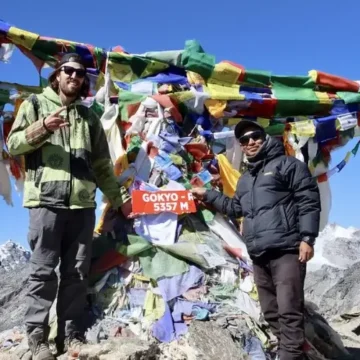
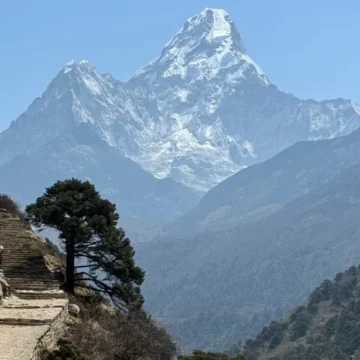



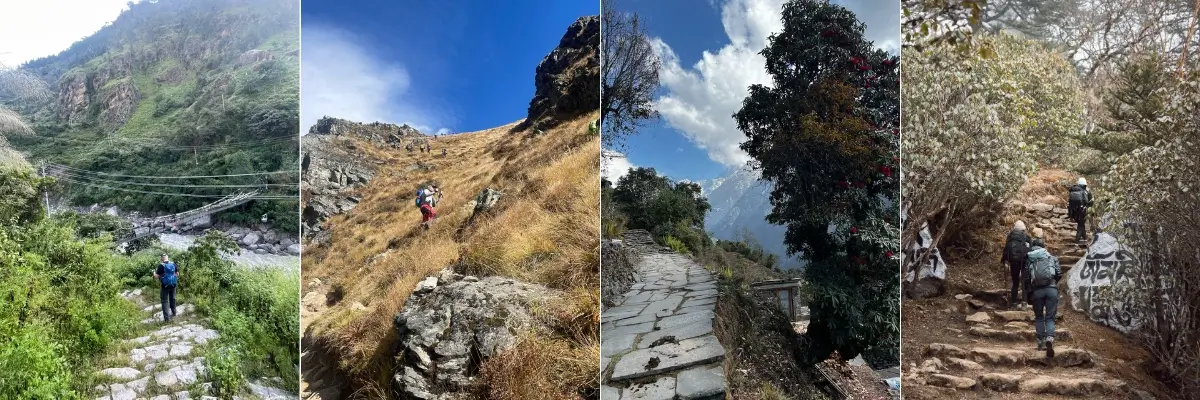
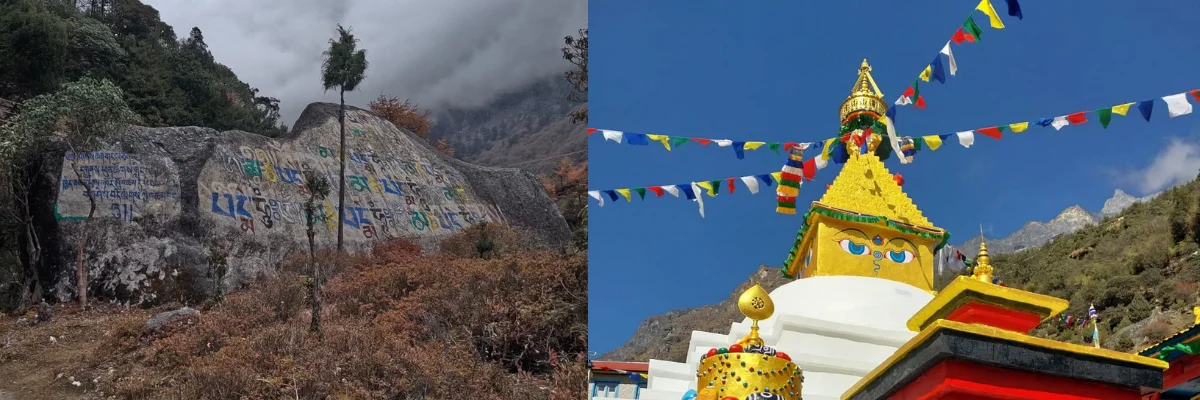
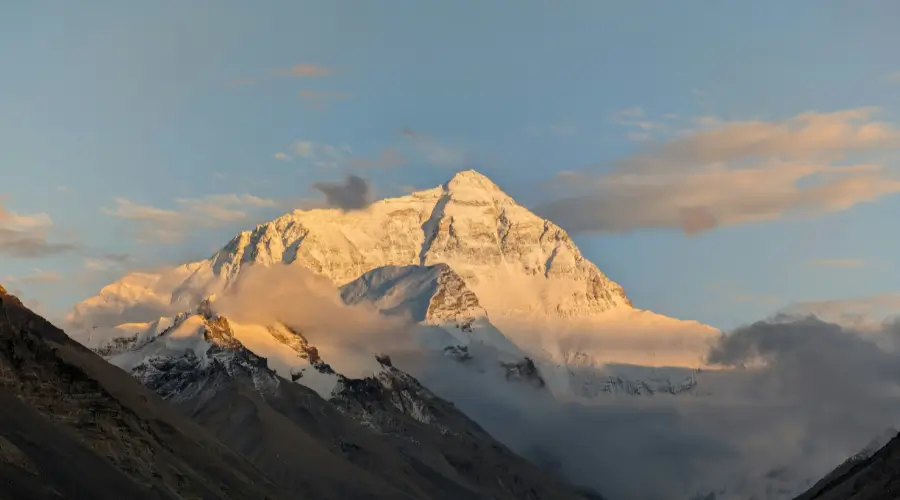
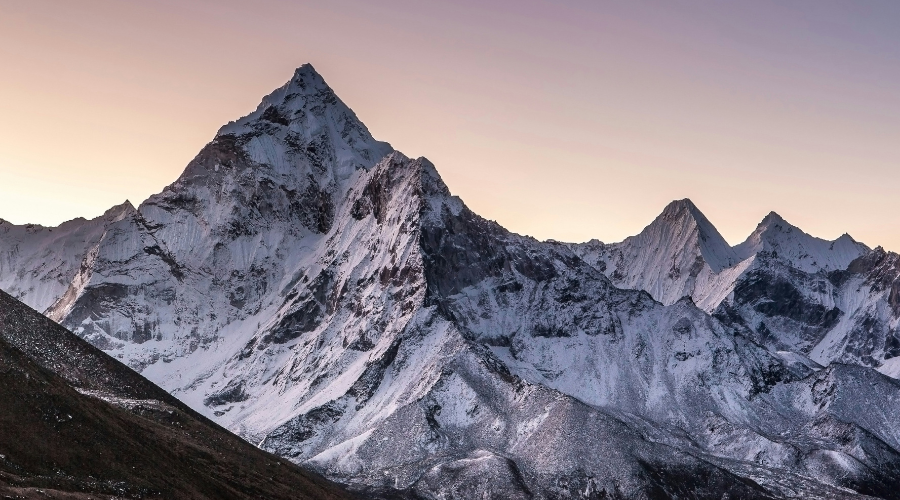
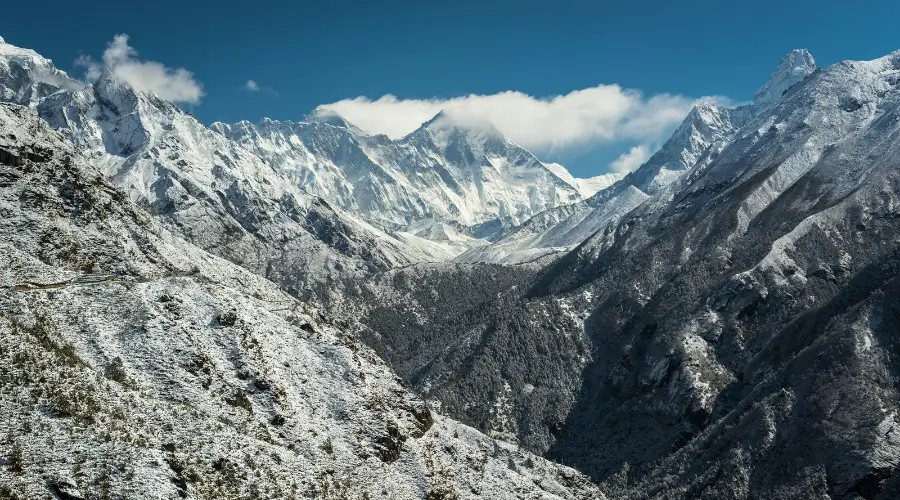
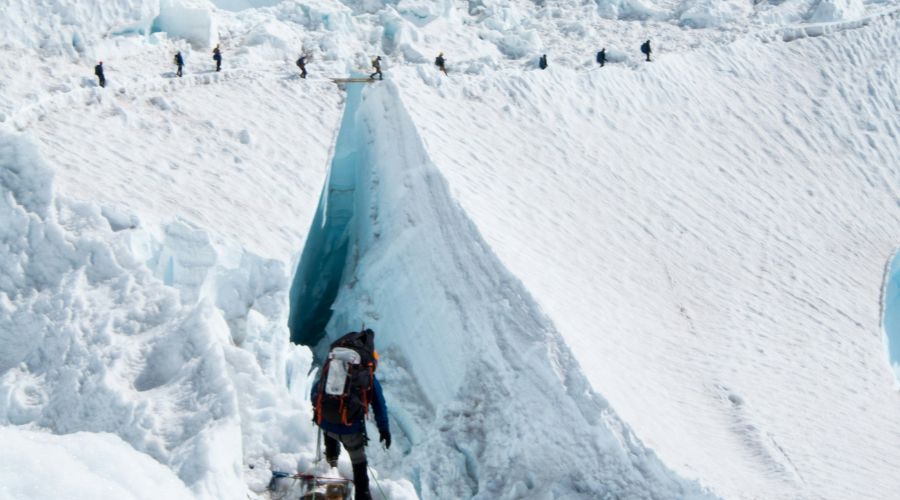
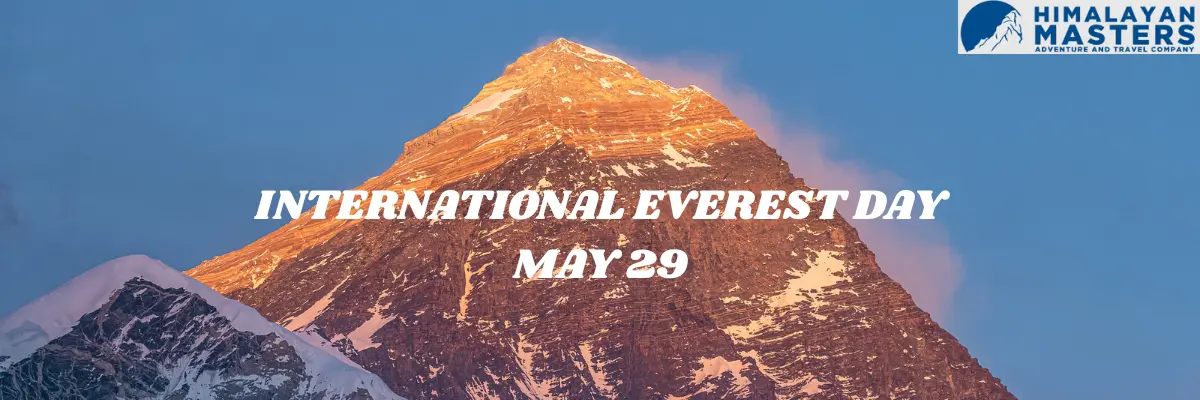
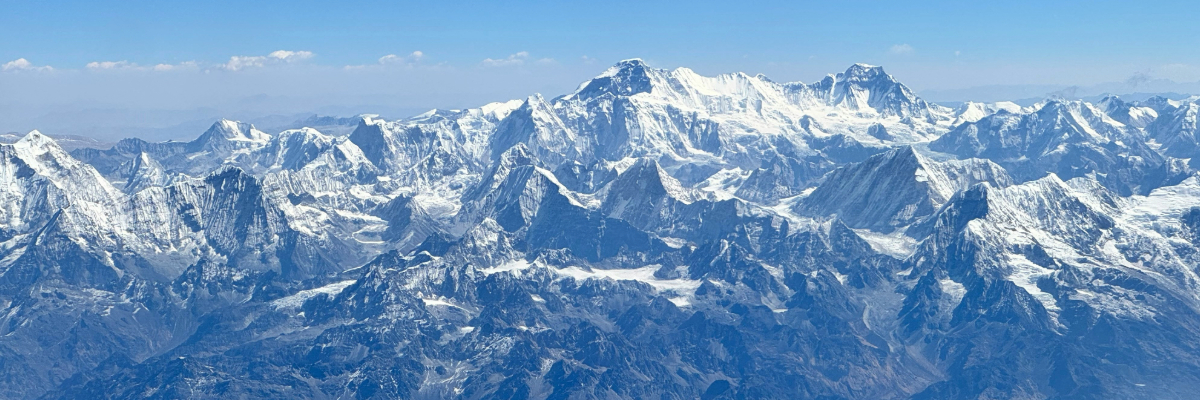












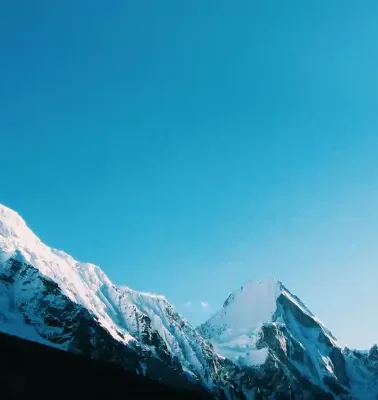
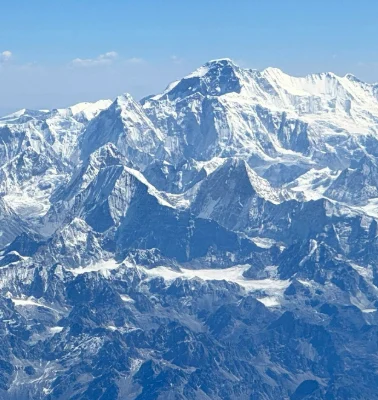

Leave Your Comment